Uncategorized
Why Corporate Art Sucks (& How Creative Brands are Opting Out)
Published
1 year agoon
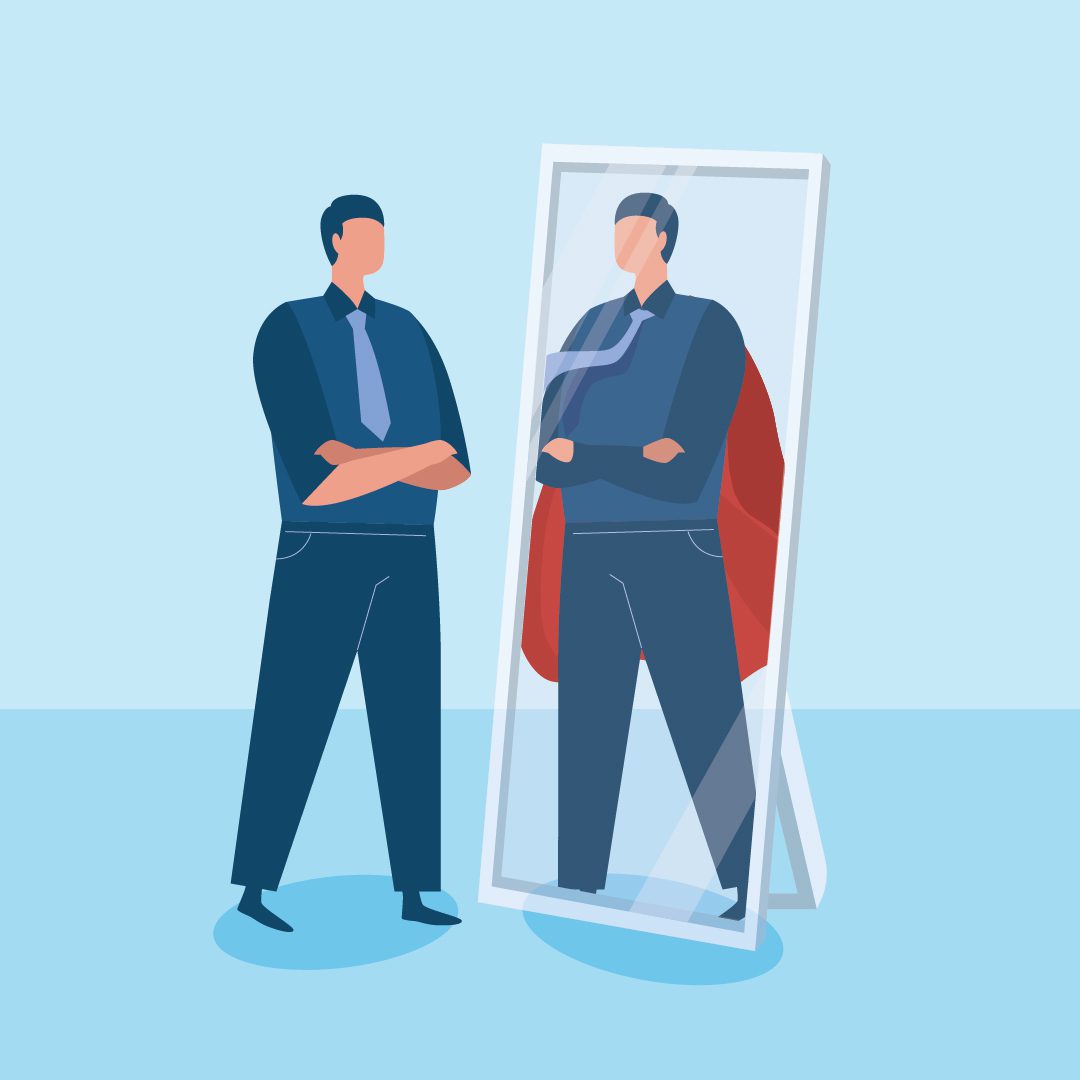
Unless you’ve been living under a rock, you’ve stumbled upon the infamous art style known as Corporate Memphis. Whether you’re buying a service online, opening a ‘reset password’ email, or logging into Hinge (yes, even Hinge), you’re bound to come across the quirky outfits and misshapen limbs of Corporate Memphis characters. The art style has been used by renowned brands like Airbnb, YouTube, Slack, and countless others. It’s the water we swim in, so you might not have given it much thought until now.
So why is everyone using these designs, and why has the internet erupted in a flurry of criticism toward it?
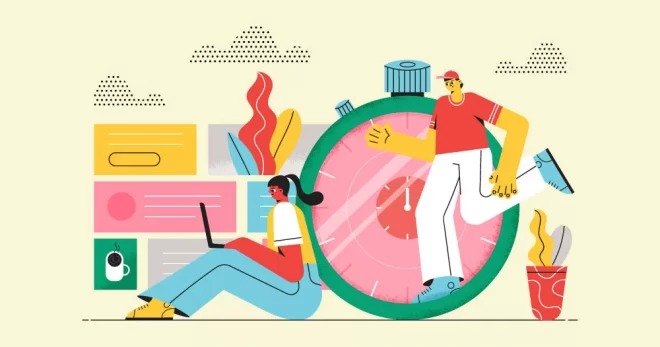
It’s not really that the art is awful. It’s that it’s everywhere, and the more something is copied and regurgitated, the more meaningless it becomes. What was once a simple, friendly art style that emphasized inclusion, positivity, and tech innovation is now a symbol of… everything we hate.
So how did Corporate Memphis cross into the territory of cringe? And what can businesses do to ensure they’re not being snickered at for using bland, outdated designs?
When Good Art Goes Bad
Corporate Memphis has dominated the business world since the late 2010s. Wikipedia describes it as, “flat art developed out of the rise of vector graphic programs, and a nostalgia for mid-century modern illustration.”
One of the basic commandments of good branding is to make sense – don’t confuse your audience. An innocent, family-friendly brand shouldn’t have scandalous design assets. An edge clothing company shouldn’t have a logo that looks like it belongs to a bank. Your designs should tell a coherent story that is relevant to the times.
This is part of the reason why Corporate Memphis has gone sour. In the midst of things like global wars, pandemics, data privacy concerns, and AI, people are less trusting (and more paranoid) than ever. Today’s world is rife with complex challenges and ethical dilemmas – a stark contrast from the idealistic, one-dimensional figures featured in Corporate Memphis designs.
Corporate Memphis screams utopia, and thus comes off as completely tone deaf.
We’re not living in an artsy technological utopia. And while brands aren’t required to make deep statements with their graphics, they are required to be relevant and tuned into their customer base. This is where Corporate Memphis falls flat (no pun intended).
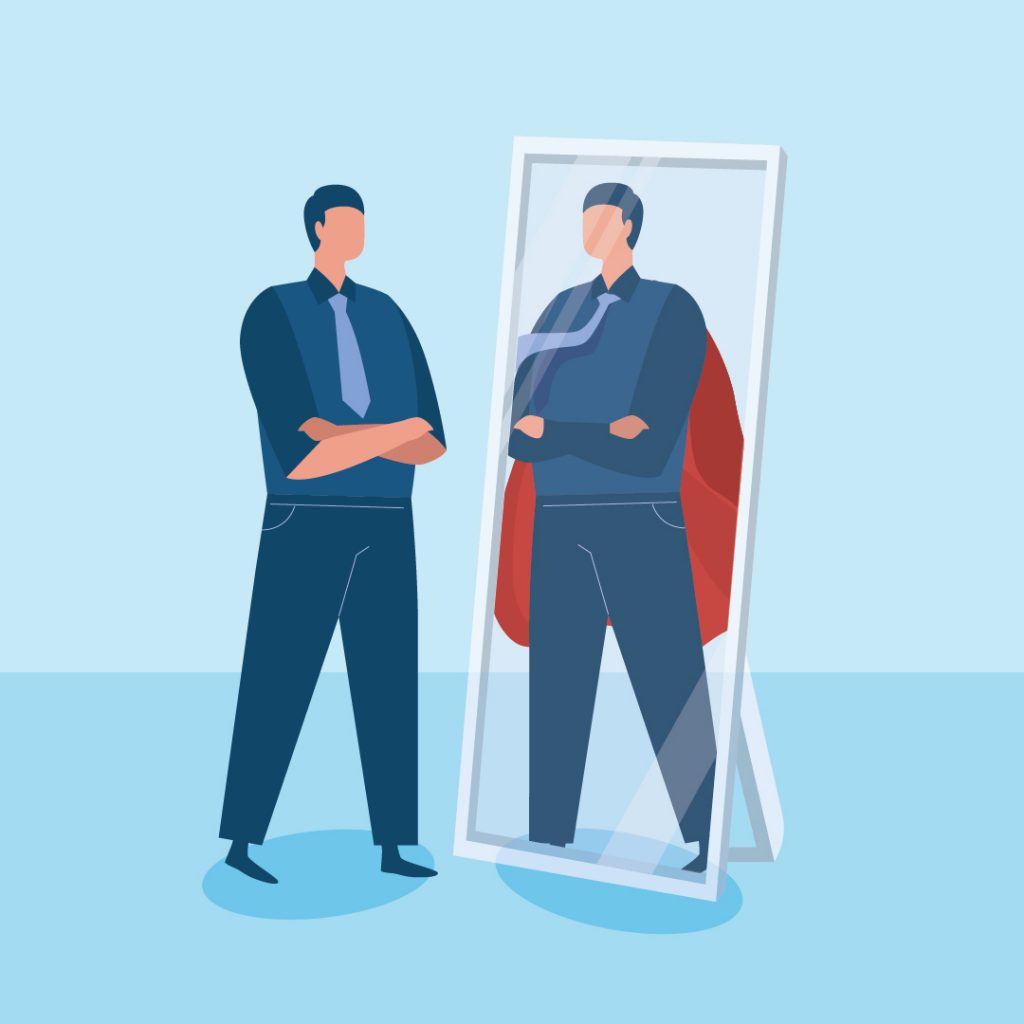
Everyone knows good branding is crucial, but good branding requires awareness – both self-awareness and awareness of the customer’s needs, expectations, and perspective. Maybe Corporate Memphis perfectly matched the enthusiasm of the earlier internet age, but nowadays, it just doesn’t fit.
Big companies haven’t caught onto this, and they’re still running with designs that are long past their prime. Artists know that when you copy what’s ‘safe’ and popular, it becomes contrived. Even worse, you hide whatever and whoever you are behind a generic façade. When brands do this, it makes consumers even more cynical and distrusting of corporate culture.
When a business fails to identify and showcase its identity, its designs become purposeless. This is when generic, thrown-together-at-the-last-minute art takes over.
No one expects a Picasso from brands like Amazon, Walmart, and Microsoft. They’re not here to make you question the vastness of the universe. They’re here to sell you things. Still, quality design has become essential to running a successful business, especially an online-only business. Design is the driver of brand recognition, and it massively contributes to a company’s reputation.
How Modern Brands are Breaking the Mold
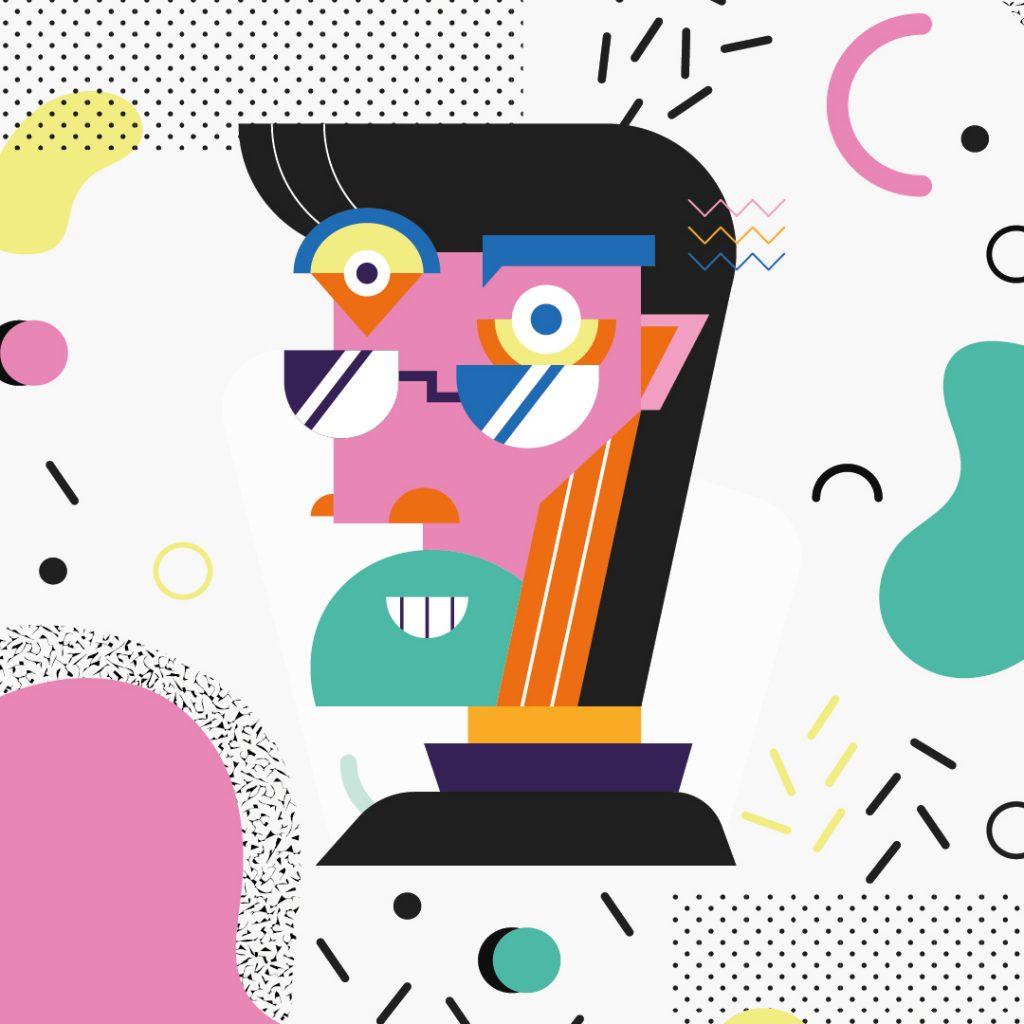
Fortunately, the growing importance of design has spawned some new avenues for getting decent business graphics. Companies are learning they don’t have to stay ‘inside the box,’ and maybe even that staying in the box is watering down their reputation.
Unique Styles
Design firms and freelancers are experimenting with a number of alternative illustration styles. And while they won’t all be right for every brand, it’s good to glean inspiration and remember the variety that is possible.
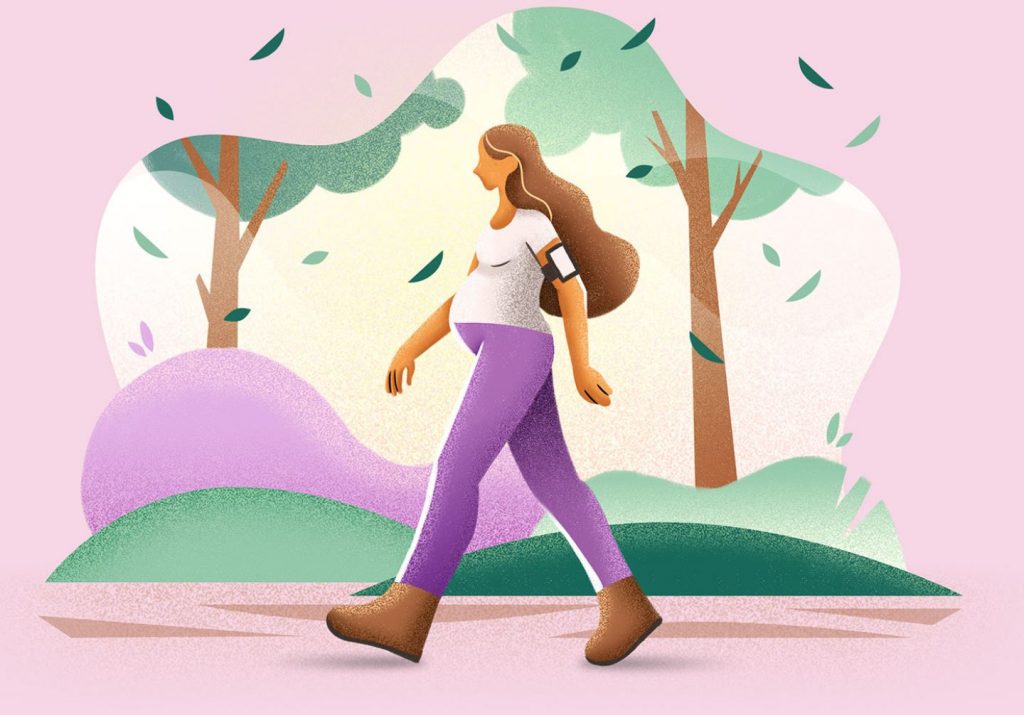
By Nando Storalic
An illustration style that adds thoughtful dimension and depth
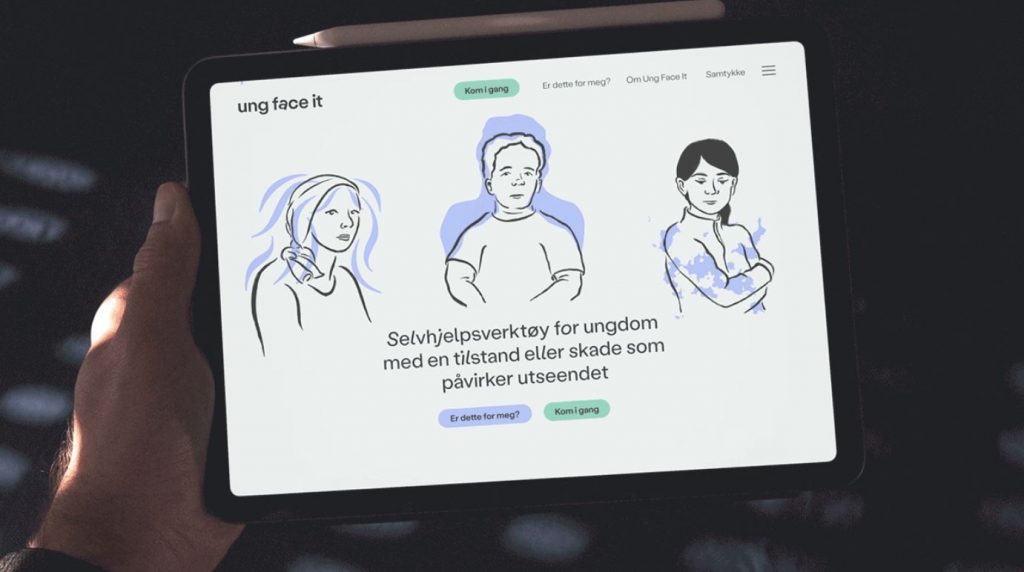
By Samira Hrustic
Line drawings are simple but can convey significant emotionality
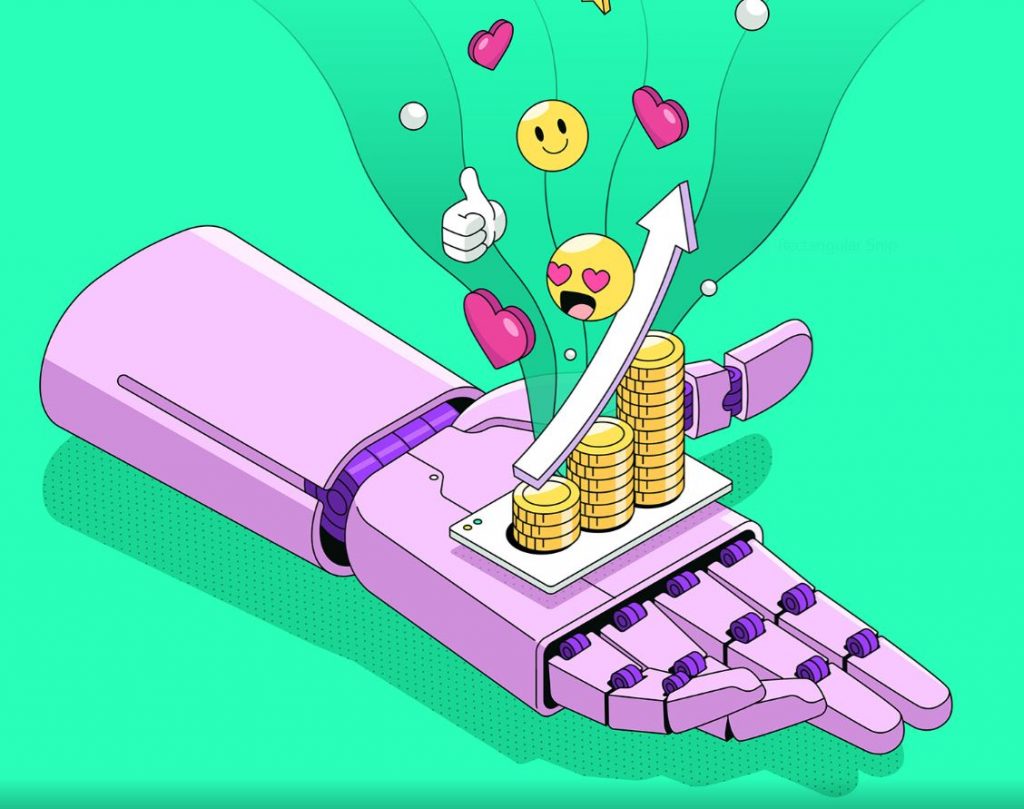
By Cam Giang
Custom isometric designs can provide a breath of fresh air
Unlimited Design
What do you do when your team is overworked and you don’t have the budget for a full-time designer? Or when you’re tired of hiring amateurs who are unreliable?
Enter: unlimited graphic design. It’s a service that gives you the power of a design team for a flat monthly fee. There’s no hiring process and no need to vet freelancers or settle for generic designs. Marketers and entrepreneurs can simply log in and start making requests from professionals with different specialties. You can upload your brand guidelines, show examples of what you want, and get revisions on illustrations, logos, email templates, landing pages, ads, etc.
Over the past 5 years, unlimited design subscriptions have exploded with companies like Penji and Flocksy leading the pack. For brands with occasional design needs, unlimited graphic design won’t be worth the subscription price. But for others, it can be a gamechanger that streamlines the creative process and saves time and money. It all depends on the size of the company and its specific design needs.
AI Art
AI is all the rage, and many are experimenting with using it for graphic design. Platforms like Canva and Kittl are beginning to implement AI, making it easier for companies to get everything they need in one place (eg. DIY design templates, AI designs, AI copywriting, etc).
AI algorithms can copy just about any art style you can describe in a prompt. The potential problem is that you can end up falling into the trap mentioned above – creating contrived, unoriginal designs. In that case, you might as well just stick with Corporate Memphis.
Some get lucky with AI and are able to create stunning and usable designs. But getting them to look ‘on-brand’ and without any errors (eg. 6 fingered-humans) is challenging. There’s also the potential legal repercussions that could come down the line as more AI cases are brought to court. Some brands will be happy to take the risk, while others will decide to steer clear of AI art.
You may like
Uncategorized
Superside vs Penji vs Upwork: Who’s Best for Your Brand?
Published
10 months agoon
May 23, 2024
Choosing the right design service can be a game-changer for your business. But the process of vetting designers, comparing prices, and finding someone who understands your brand can quickly become a fulltime job.
Fortunately, design platforms are streamlining their services more and more so you can eliminate the tedious work and just get what you need. Today, we’re comparing three popular design platforms: Superside, Penji, and Upwork. Each offers unique benefits, so let’s dive into their reputation, key features, and pricing.
Superside

Reputation
Superside markets itself as a creative subscription service for brands looking to get many designs on a rolling basis. They’re known for high-quality services with a focus on scalability and speed. They cater mainly to businesses looking for ongoing design support. Generally, Superside has received positive reviews online for their professional quality and reliable turnaround times. Some clients appreciate the dedicated team model and find it better than working with a traditional agency. Overall, Superside’s reputation is solid.
Key Features
- Dedicated Team: Clients get a dedicated team of designers, no random freelancers
- Scalability: Ideal for businesses that need design at scale
- Speed: Promises quick turnaround times, typically 12 to 48 hours
- Collaboration Tools: Integrated project management tools for seamless communication and workflow
Pricing
Like most design subscriptions, Superside offers a monthly pricing model with several tiers. But what is unique is that it runs on a credit system. For each tier, you get an allotted number of credits for design work. Once you run out, you simply purchase more.
– Level 1: $5,000, 50 credits
– Level 2: $9,000, 100 credits
– Level 3: $13,000, 150 credits
– Enterprise: Custom
Penji

Penji is comparable to Superside because they’re also a subscription graphic design service. They’ve been recognized for their reliability, affordability, and quality in online reviews. Penji caters to small businesses and agencies that are looking for an extension to their creative team. Without having to hire an in-house team, brands get the chance to save money without sacrificing quality or speed.
Key Features
- Unlimited Requests: Clients can submit as many design or revision requests as needed
- Fast Turnaround: Typically delivers initial drafts within 24 hours
- Simplicity: Straightforward platform with easy request submission and project management
- Variety of Designs: Covers a wide range of design needs, from social media ads to websites
Pricing
Penji is a flat-rate monthly subscription that you can pause anytime. The specifics of the service will depend on which tier you choose, but all tiers include real-time chat and ad creatives.
– Starter: $499
– Marketer: $995
– Agency: $1497
Upwork

If a design subscription isn’t what you need, Upwork may be a better choice. Upwork is similar to Fiverr, a freelance marketplace where brands can find designers and other freelance professionals. While it does have mixed reviews in terms of quality, you could have a successful experience with careful freelancer selection and management. The service is generally reliable because if you have a problem with pricing or design delivery, Upwork will hold freelancers accountable.
Key Features
- Freelancer Variety: Access a vast pool of freelancers with different skill levels and specialties
- Flexibility: Pay per project or on an hourly basis, with no long-term commitment
- Global Talent: Ability to hire freelancers from around the world
- Custom Solutions: Highly customizable design services depending on the freelancer’s expertise
Pricing
The structure of Upwork’s pricing is pay-as-you-go or hourly rates. The price is hard to say because it varies so widely, anywhere from $10 to $150+ depending on scope of work.
So who do you choose?
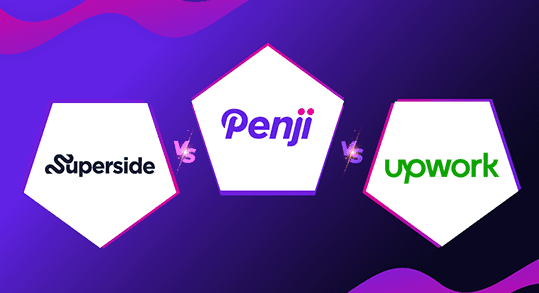
At the end of the day, different companies have different budgets and needs. If you know you’ll need various designs on a regular basis, the graphic design subscription model is probably best. But if you’re looking for a freelancer to handle a one-off project, a freelance marketplace like Upwork is the place to look.
The value of Penji is that they offer a 30-day money back guarantee so you have nothing to lose trying it out. Similarly, Upwork offers refunds within 180 days, so there’s no risk if your freelancer just doesn’t get the job done.
Uncategorized
Can ChatGPT-4o Image Generator Create Your Brand’s Visuals?
Published
11 months agoon
May 18, 2024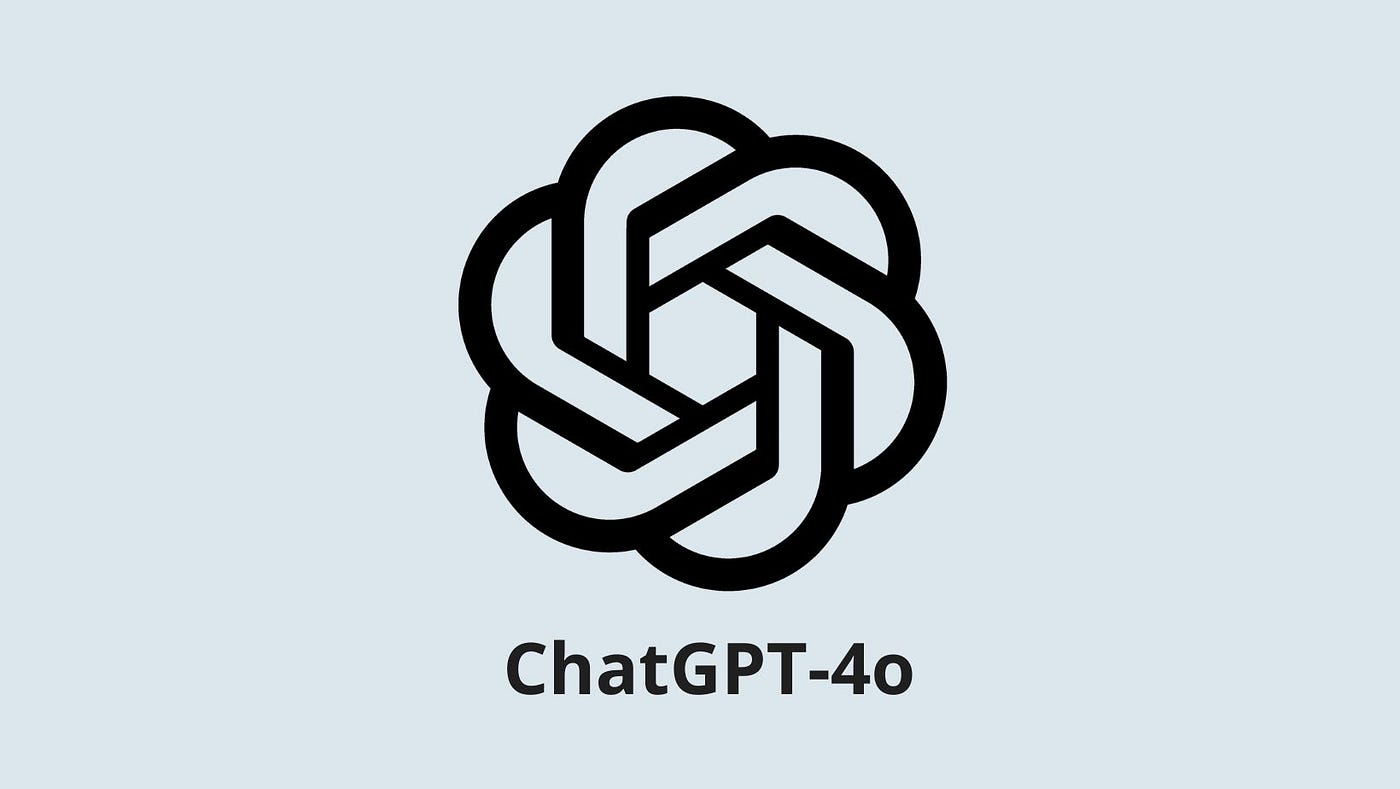
OpenAI has unveiled the latest evolution of its famous ChatGPT platform, and the internet is already tinkering with its new capabilities. Powered by the cutting-edge GPT-4o model, aptly named Omni, OpenAI is pushing the boundaries, seamlessly integrating text, image, video, and audio comprehension like never before.
With the stated mission of democratizing AI, OpenAI’s Spring update declares a new era of accessibility. It underscores the company’s commitment to AI as a practical product beyond mere experimentation.
The new version will be released in stages rather than all at once. And a new domain, chatgpt.com, has been rolled out. Free account holders have the most to gain, as the new model surpasses both GPT-3.5 and GPT-4 in functionality. Notably, users can now execute code snippets, analyze diverse media formats, and deploy custom chatbots.
If you want to see if you can access the new model, navigate to the ChatGPT website and look for a drop-down menu in the top left corner. You’ll see GPT 3.5 and GPT-4, but if you don’t see GPT-4o, it simply isn’t available to you yet.
Image Capabilities
One of the most notable features is ChatGPT’s new image generation capabilities, which have evolved significantly. While previous iterations struggled with misspellings (even with explicit instructions), GPT-4o showed a remarkable ability to generate images with clear, correctly spelled text in a recent live demo. From a graphic poem to a movie poster, the AI quickly incorporated text into visuals without mistakes.
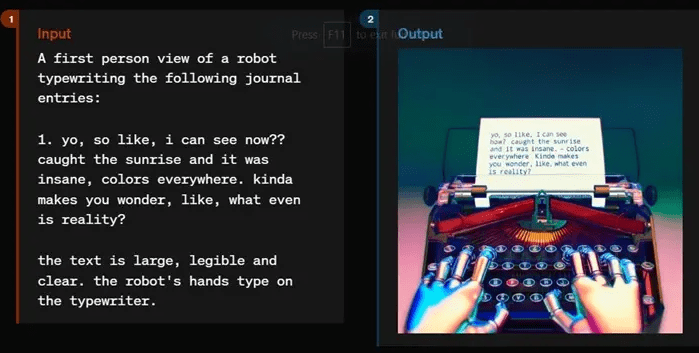
AI image generators like DALL-E have exploded in popularity, amazing people with their ability to create visuals from text prompts. This growing interest is fueled by the exponential improvements in AI’s capabilities. As the models evolve, they generate increasingly complex and impressive images. But despite these advancements, AI image generators remain somewhat unpredictable and are not entirely under our control. The specific style and nuances of the images produced are random. So getting highly customized images that fit your vision is trial and error.
So where should brands get their visuals?
This all begs the question: Are AI image generators good enough to replace designers or design agencies? In many cases, the answer is yes. Those with small or non-existent budgets will likely be relying on AI the most for their visual assets. Anyone who has the time to tinker with AI generators to get the perfect result will be making the most of ChatGPT-4o.
But what about those who don’t have the time, patience, or expertise to try to get branded visuals out of an AI image generator? AI has come a long way, but text prompts don’t give you a ton of authority over what is generated. This is where the fusion of AI and human designers comes in.
Equipped with cutting-edge AI tools, designers are anything but out of a job. They’re leveling up their design capabilities by successfully wielding AI design tools themselves.
Unlimited graphic design is a perfect example. Services like Penji offer unlimited designs for a flat monthly fee.
Here’s How it Works
Step 1: Start a Project | Head to Penji’s dashboard and click on “Create a Project.” Select your desired category, such as logo design, and fill in all the necessary details to ensure your designer has everything they need to deliver outstanding results.
Step 2: Instant Matching | After submitting your design brief, our AI-powered system will instantly match you with a professional designer. At this point, you can sit back and relax.

Step 3: Review and Provide Feedback | Expect the first draft within 24 to 48 hours. You can easily give feedback directly on the project using a point-and-click tool. The designer will keep refining the work until you’re completely satisfied. There’s no cap on the number of revisions, and if needed, you can request a different designer.
Step 4: Finalize and Download | Once you’re pleased with the outcome, mark the project as complete. You can then download your files directly from the Penji platform. No need for external links or emails, and your files are securely stored in the cloud for convenient access at any time.
You can also communicate directly with designers, as well as creative assistants, project managers, or art directors, depending on the plan you choose.
There’s no contract, so you can cancel or pause anytime.

The sky’s the limit. You can order custom:
- Ad designs
- Organic social posts
- Custom illustrations
- Logos & branding
- Blog graphics
- Infographics
- Email templates
- Landing pages
- Web & app designs
- And more
Brands are getting crazy results. For example:
RevenueZen saw a 25% increase in customer engagement and a 20% boost in sales after partnering with Penji for their new website.
Rush Order Tees upped their productivity by 2200% with the help of just 5 Penji designers who mastered their brand visuals.
Say Goodbye to Deadbeat Designers
For brands struggling with the challenges of vetting and hiring designers, Penji presents a stress-free alternative. Say farewell to the constant cycle of hiring and firing, along with the hassle of payroll management. With Penji, you gain access to a curated pool of talented creatives, meticulously chosen to satisfy even the most demanding clients.
Raise Customer Loyalty with a Bulletproof Brand
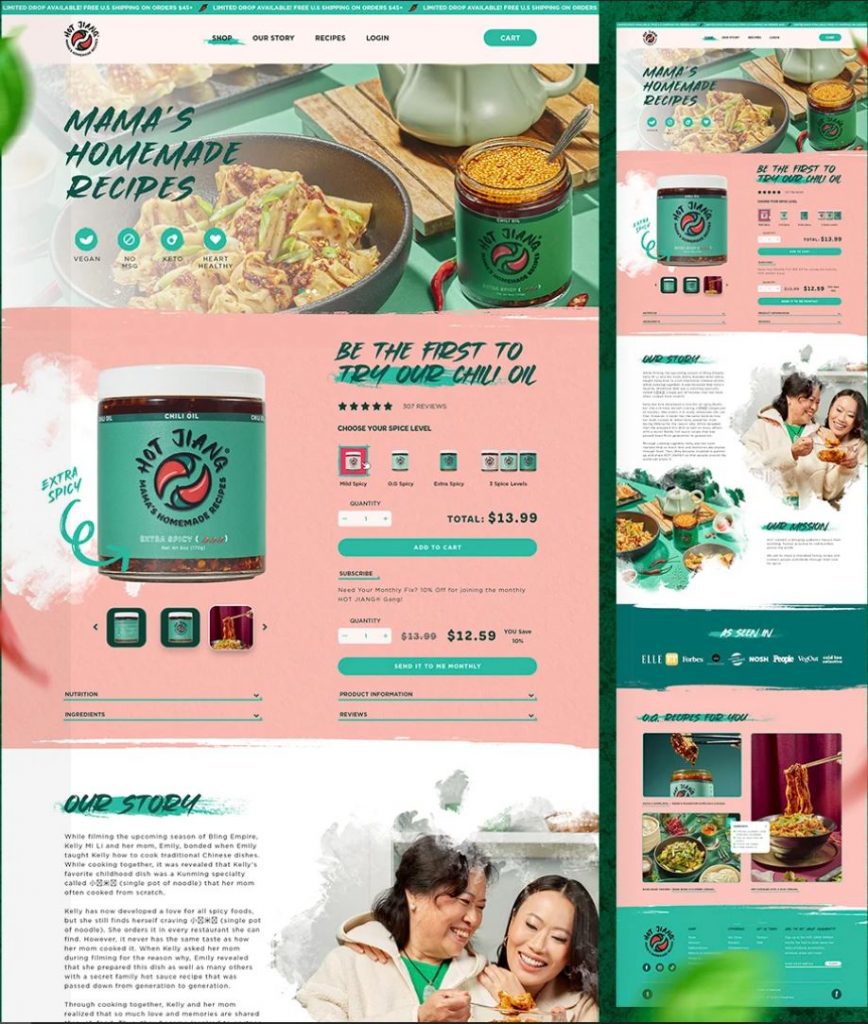
Penji also excels in enhancing customer retention. By delivering consistently high-quality, on-brand designs for every project, you can build trust and loyalty among your clients. A dedicated team of creatives, project coordinators, and quality control specialists ensures your brand always looks its best.
At roughly 70% less than the cost of hiring an in-house designer, you can significantly increase production rates without compromising on quality or speed.
Ready to Win at Business?
If your interest is peaked and you’re ready to power your brand with more ease than ever, watch a quick demo to see how you can get all the designs you need in one place.
Uncategorized
Llama 3’s Image Generator: The Secret Sauce for Design Success?
Published
11 months agoon
May 8, 2024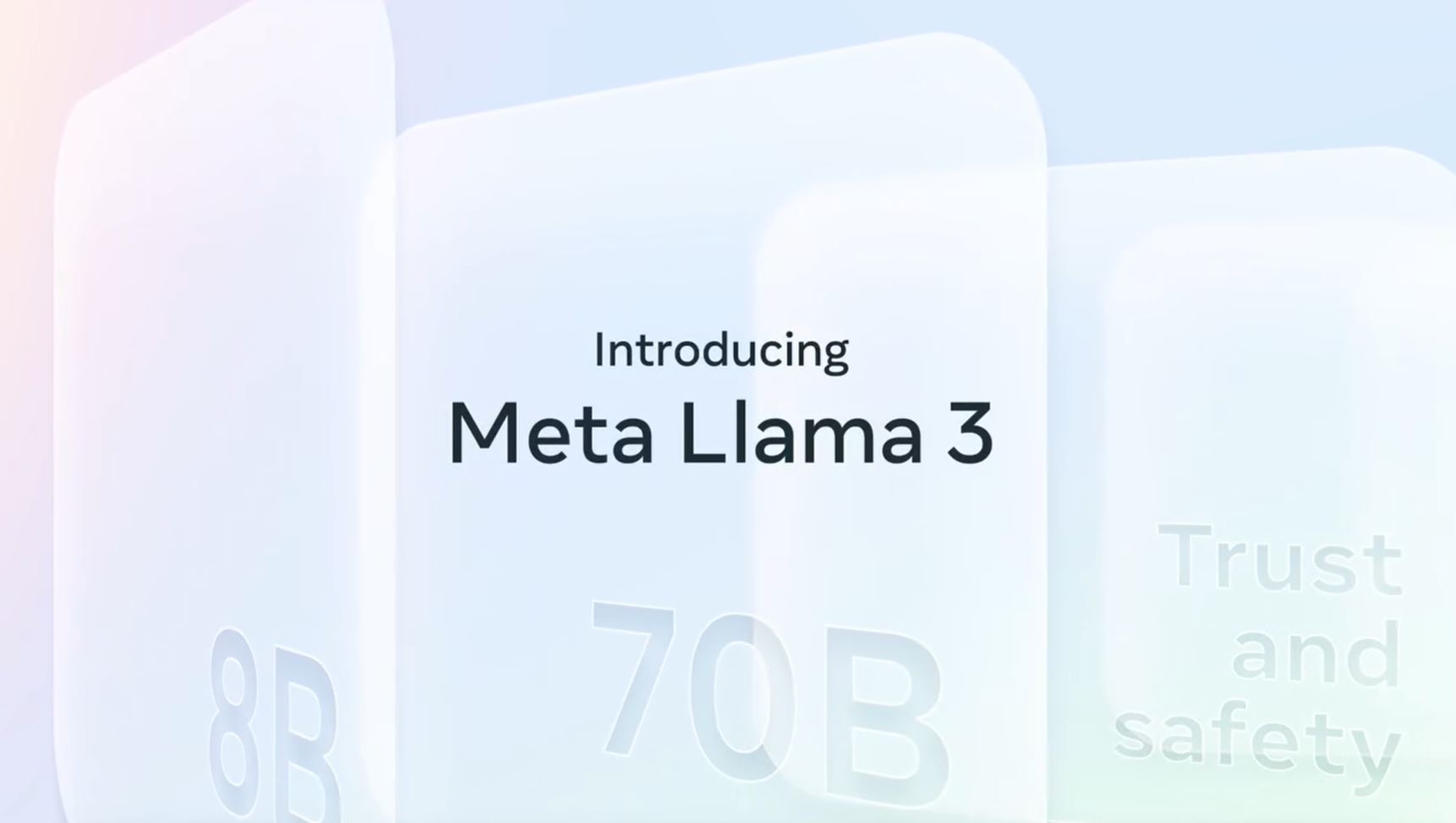
According to Meta AI, the recently released Llama 3 isn’t just another digital assistant; it’s a versatile companion tailored to meet the diverse needs of its users. The open-source model, now available for download and customization, represents a significant advancement over its predecessor, Llama 2.
Meta’s emphasis on “steerability” marks an improvement in how their AI can be used. Llama 3 is reportedly refusing fewer user questions than the previous model and giving more accurate information across domains like trivia, history, STEM subjects, and coding. These improvements are attributed to the scale of the dataset, comprising a staggering 15 trillion tokens (around 750 billion words) – vastly more than Llama 2.
So what exactly can Llama 3 do as your new assistant?
What sets Meta AI apart is its omnipresence across various platforms. Whether you’re browsing through your Facebook feed or engaged in a group chat on Messenger, Meta does an impressive job of merging with your digital ecosystem. Llama 3 can:
- help you plan an event, a trip, or a night out, offering things like restaurant recommendations and available flights.
- help you write a more professional email to a colleague or figure out a math problem
- answer questions about any posts you see on social media
Meta AI’s Effortless Image Generator
In a bid to attract users, Meta also added image-generation technology to its AI assistant. As you type a prompt, you’ll be able to watch your image be created in real-time. The tool will then offer prompt ideas so you can change the image and keep iterating from the initial mockup.

The tool can generate literally anything you imagine. We’re already seeing creators employ AI to create YouTube thumbnails, blog graphics, shirt designs, and even logos. Llama 3 clearly makes it even easier for creators to generate usable images in seconds.
The only downside is that the images often have a certain feel to them – They look highly digitized and the art style is often uniform. There’s undeniably a bit of a stigma attached to using AI art, and some creators have even been called out for it.


If you run a business and you’re serious about your brand reputation, AI art can be dicey territory – especially for marketing, design, branding, and social media agencies that pride themselves on their creativity. The last thing you want is to distract from the value of what you offer with AI images that are a bit.. off.
Pairing AI with the Human Touch for Better Brand Visuals
If you ever wished for a design solution that combines AI’s magic with the customization skills of real artists – that’s Penji. Penji is an unlimited graphic design service that lets busy professionals get all their visuals created on one platform.
It’s not just affordable and quick, but also low effort for you and your team. With a flat monthly fee and no strings attached (cancel anytime), you can request designs whenever the need arises. Penji’s team is equipped with the latest AI design tools, and they can even take your Llama 3 creations to the next level (no more 3-legged dogs).

Penji users get:
- Ad designs
- Organic social posts
- Custom illustrations
- Logos & branding
- Blog graphics
- Infographics
- Email templates
- Landing pages
- Web & app designs
- And more
If you can imagine it, Penji can probably design it with a quick turnaround of 1-2 days. Brands are getting crazy results just by upgrading their design strategy. For example:
RevenueZen saw a 25% increase in customer engagement and a 20% boost in sales after partnering with Penji for their new website.
Rush Order Tees upped their productivity by 2200% with the help of just 5 Penji designers who mastered their brand visuals.
How It Works
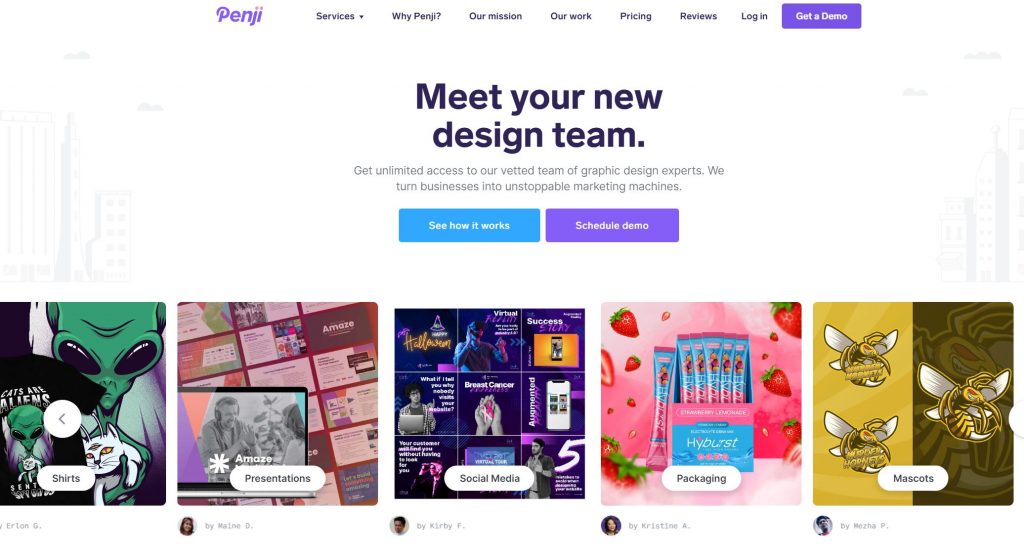
Step 1, Start Your Project: Head over to Penji’s dashboard and hit “Create a Project.” Choose your category (eg. logo, landing page, etc) and write a quick brief of what you need. You can attach style examples or your brand guidelines for clarity.
Step 2, Get Matched Instantly: Once you’ve explained exactly what you want, Penji’s AI matchmaking system will pair you with a pro designer who is experienced in that medium.
Step 3, Fine-Tune to Perfection: Once your first draft is ready, you can provide feedback with just a click, speaking directly to your designer. Revisions are unlimited, which means your designer will tweak it until it’s perfect.
Save Time, Money, & Headaches
Getting a design team sounds expensive, but it’s actually a fraction of the cost of hiring one full-time designer. Subscribing to Penji also saves you from having to sift through the massive pool of freelancers who may or may not deliver what you need.
Say goodbye to:
- hiring and firing freelancers who aren’t a fit
- missing deadlines because work didn’t get done
- having a scattered brand identity you’re not proud of
- settling for generic designs that feel rushed
- overworking your in-house designers
Penji: Your Brand’s Secret Weapon for a Better Visual Identity
If you’re hitting limits with Llama 3 or any other graphics tool, Penji can take you the rest of the way with your own team of vetted designers.
Ready to see how you can build an unstoppable brand without lifting a finger? Watch a quick demo to see how Penji gets you unlimited custom designs for any purpose.

Digital Nomads Flock To These 10 Amazing Tax-Free Cities

Adopting a Cat? Here’s Your 5-Item Starter Kit

Discover 2025’s Top 10 Online Banks for Smart Savings

The Latest In The AI Boom: What Entrepreneurs Need To Know In 2025

Taylor Swift’s Fortune: The Billionaire Behind The Eras Tour

8 Popular Mobile Payment Systems

